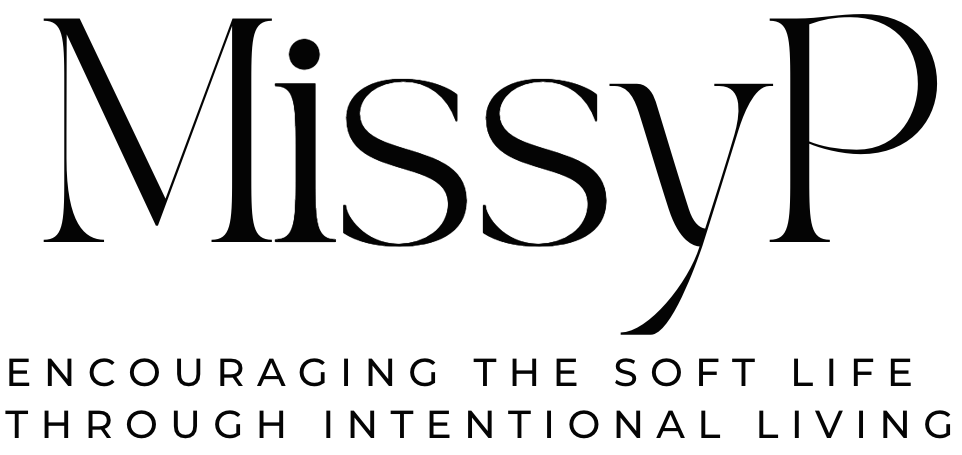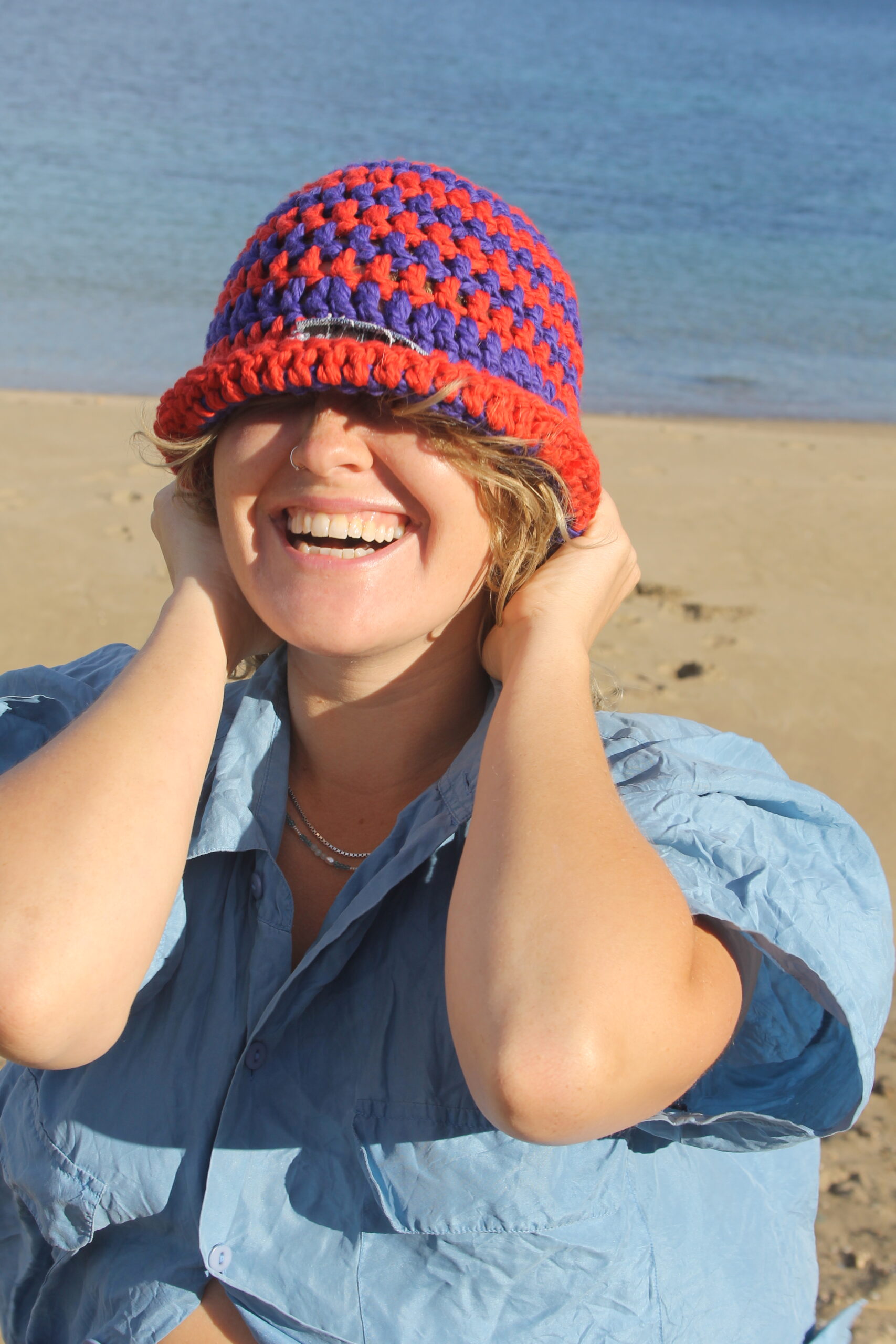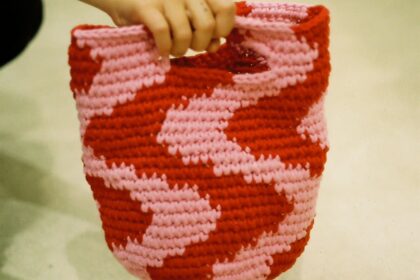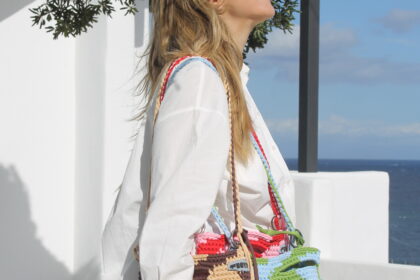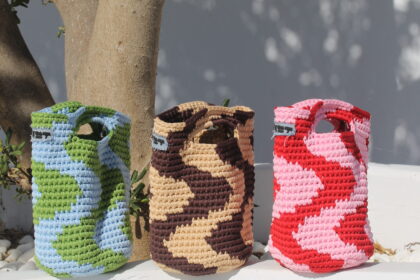Spring is in the air! The sun is out, the days are becoming increasingly longer and the temperatures are finally stable enough that we can ditch our Winter coat. As with each season, we are greeted with an onslaught of trends that beg our attention. Following some of these trends is an alluring factor – they make us appear stylish, give us a little dopamine hit and offer a much-needed oomph back into our wardrobes.
There is a certain consumer temptation to run to the next large-chain supplier or even an online shop to get our fix. However, there is also a certain consumer responsibility in how we pursue trends. If not shopped sustainably we are feeding the greed of fashion brands that care a lot more about profit than the health of our planet.
The issue we are seeing with trends is the drastic decline in a clothing item’s life cycle. According to this study, since 2000 the average number of times an item was worn decreased by 36%. It’s not only that the consumer is losing interest sooner but that manufacturers have intentionally reduced the quality of the garment. Also, the working conditions of these garment workers are devastatingly inhumane.
So, as the title suggests, how do we sustainably include trends in our wardrobe without further contributing to environmental destruction? Read on to find out.
Everyone Does Trends
We need to get one thing clear.
There is nothing inherently wrong with trends in fashion.
Without them, we wouldn’t have evolved to the point where we women have ditched corsets for Converse or started wearing our hair shorter. Jeans and other denim pieces used to be exclusively reserved for miners or off-duty soldiers. Nowadays, jeans (plural) are a staple item in everyone’s closet!
Another example. Thanks to Coco Chanel, women’s fashion became democratized – jersey wear, the little black dress or women finally “being allowed” to wear pants was all made possible through her designs and fierce feminism.
What starts as a trend can evolve into a timeless style.
So you see, throughout history, trends have significantly influenced how we dress ourselves today. Not to mention the level of freedom that was achieved through these various fashion phases.
How to Sustainably Include Trends
It might seem like a challenging process of remaining ethical whilst keeping up with trends, after all our world has been built around easy consumerism through the rise of online shopping.
However, if you test out and dedicate yourself to the process of implementing at least one of the following tips, I guarantee following trends in a sustainable way will become much simpler and more fun!
Are you still unsure of what the difference is between ethical and sustainable fashion? Check out this blog post for more.
1. Sustainably Sourced
There is no shortage of fast-fashion retailers offering their spin-off of a current trend. However, due to their unethical supply chain and over-production not to mention the lack of quality, we want to avoid these guys at all costs.
The good news, there are many sustainable fashion brands whose ethics are in line with their designs. Depending on where you live check to see what stores are available or even what events are happening such as flea markets or vintage pop-up shops.
If you have come across a fashion brand and are unsure of how ethical their business practices are, this website gives a rating based on people, planet and animals.
2. Trends Need To Be Compatible
One of the first things you need to be clear on is whether or not this trend works with the rest of the items in your closet.
Will it be combinable with the key pieces you tend to wear? What colours, patterns or shapes do you gravitate toward and does this trend match them?
One item that is being heavily regarded this Spring/Summer is short shorts. As much as I can admire this look on other women I don’t feel comfortable wearing something on the streets so short they could pass as bikini bottoms. Also, short shorts don’t match my personal style.
Be mindful of what being trendy means to you and whether or not you even feel comfortable wearing such items.
As much as it is fun to play dress-up get honest with yourself if you will dedicate yourself to this trend by regularly wearing it. Sometimes we view eye-catching trends only to find ourselves not wearing them or worse, not even liking them as soon as they enter our closet.
At the end of the day, including trends in your look should be fun, inspiring and wearable!
3. Being Trendy Means Being Inspired
The part many of us get caught up on when pursuing trends is searching for the same look, just as we have seen it on social media or in a magazine. However, following trends isn’t a formula, meaning it doesn’t need to be an exact match to fit.
The most important question to ask yourself when it comes to trends is: Will you wear this trend when it’s no longer in trend?
If you remain loyal to your style, the answer will be yes!
Allow yourself to become inspired by trends and avoid fixating on copying them. It also injects your style with personality and authenticity when you place your own unique flair on a trend you have sustainably sourced.
Your closet is the best place to start for this. Say you want to incorporate this Spring/Summer’s sought-after shade, white. As you go through your closet you discover the whitest hue that you find is beige or creme – wear that instead. Make beige your white.
After all, if your wardrobe does not remotely mimic what the most popular item or look in fashion is at the moment, chances are you won’t enjoy wearing it.
True style, yes incorporates trends but most importantly is an extension of one’s personality.
4. Shop Sustainably
If you have been following along, you will notice that I am a big advocator for second-hand shopping. It’s where a large majority of my clothes come from. That being said, there is a certain level of discernment required when thrifting.
Second-hand items come with a lower price tag which can make it tempting to over-shop. As much as girl math is becoming a thing there is no point in over-consuming when you’re more attracted to the price tag than the clothes. Be as mindful about your budget as you would when shopping elsewhere.
My main tip when going second-hand shopping especially when it comes to trend-hunting is going in with a goal of what you’re searching for. Take the classic Spring/Summer floral patterns – begin with the dresses and skirts as this is where florals are most prevalent. From there sift through blouses and shirts and later skim through pants and light jackets. Along the way check out accessories such as hats or light scarves.
5. Sew and Design Yourself
I realize this may not apply to everyone as designing and sewing require a certain level of skill not to mention needing all the equipment, nevertheless, it’s worth mentioning.
Sewing is a fun (and sometimes frustrating) process but it might be the most rewarding as you get to wear the clothes you made yourself. You can purchase clothing patterns that come with detailed instructions or if you’re keen enough, make a pattern yourself!
Trends become a lot more fun when we inject them with our own style. Sewing and designing it yourself is the best example of this.
Remembering the previous tip from the second-hand shopping example. Keep in mind what trend you’re attempting to recreate. Get clear on colour, pattern, and fabric and remain true to this vision when sorting through the vast assortment of fabric materials.
Trends Lead to Style
How to sustainably include trends in your wardrobe shouldn’t be an extensive task. Like many things in life, if you’re not having fun with it you’re probably not doing it right.
Fashion is about self-expression and adding a dose of play in the process. Trends might be portrayed as a temporary fad, in the consumer industry but this should never be regarded as a rule. Because, as I pointed out earlier …
What starts as a trend can evolve into a timeless style.
P.S. This week’s Cover Model is my bestie, Sophie with her Studio Twist hat.
Thanks for reading!
xo, Missy
